Before the days of Netflix and chill, long before there was Hulu, or anything with a plus on the end of it, there was the video rental store. These hallowed institutions were once the cornerstone of movie nights and weekend entertainment, a true community hub for browsing and perusing visual entertainment. It’s a Friday afternoon, the school bell rings and you are released to the weekend, your dad picks you up, and he tells you that you are getting takeout for dinner. The day can’t get better, but it does. After picking up food, your dad takes you to the video store, and you get to pick any movie you want. The world is your oyster and you couldn’t be happier.
The joy of physically wandering through aisles of VHS tapes and DVDs, the suspense of hoping your desired movie wasn’t already checked out, and the unique scent of popcorn mingled with plastic cases—these were the sensory experiences that defined a generation. Video stores were wonderful locations where, for a small price, visitors could rent movies for a few days, making them essential meeting places for friends and family alike. It was more than just a transaction; it was a ritual, a hunt for cinematic treasure that streaming simply can’t replicate.
But as technology marched relentlessly forward, many of these beloved establishments, along with other seemingly invincible brands, found themselves unable to adapt. They left an indelible mark on our cultural landscape, creating memories that still hit like a late fee reminder. Let’s take a tearful and nostalgic journey back to simpler times, the heyday of these iconic brands, and remember what made them special before they vanished from our towns.

1. Blockbuster
The undisputed king of video rentals, the godfather of the entire industry, Blockbuster once had over 9,000 stores worldwide. Their iconic blue and yellow branding became a symbol of movie night, a bat signal for kids in the back of minivans and station wagons everywhere, promising adventure. Oh yeah, we were about to get our VHS on, baby! The friendly, family-oriented vibe of a “Blockbuster night” created emotional ties with millions of people who yearned for a night of movie magic.
Renting a movie from Blockbuster was a cherished ritual. You’d stroll through the aisles, picking out a VHS tape or DVD, anxiously hoping the title you wanted wasn’t already checked out. This tactile experience of picking up the box of the movie you wanted, and maybe then discovering it was not available, was both a blessing and a curse. Drats! Blockbuster Video, we truly miss you and your unique charm.
However, Blockbuster’s brand was built on physical stores, a brick-and-mortar business model that proved difficult to shed. Despite having the opportunity to buy Netflix in its early days, Blockbuster missed the boat entirely, failing to pivot with its audience. As Netflix and Redbox began offering DVD rentals by mail and, more importantly, streaming services, Blockbuster remained committed to its outdated approach.
The company’s failure to embrace the digital transformation of media rental left it stuck firmly in the past. People no longer wanted to drive to a store to rent a movie when they could access films from their own homes with just a few clicks. This inability to evolve with the advent of digital streaming was a crucial factor in its demise, leading to bankruptcy in 2010 and the closure of most of its stores. Today, only one Blockbuster remains in Bend, Oregon, a bittersweet reminder of a bygone era.
Read more about: Navigating Market Volatility: Identifying Risky Platforms and Building a Resilient Portfolio Before the Next Crash
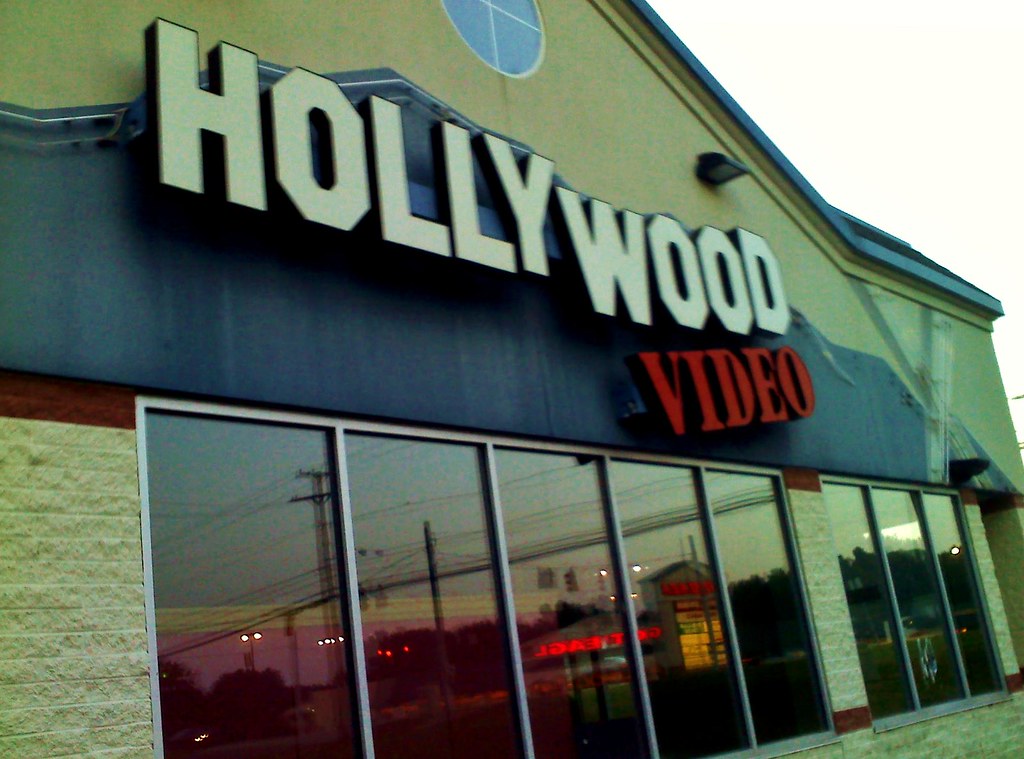
2. Hollywood Video
Blockbuster’s biggest rival, the sophisticated Hollywood Video, certainly knew how to put on a show. With its red carpet décor and movie star cutouts, Hollywood Video oozed bright lights and glitz, trying its best to evoke the glamour of the movies themselves. It tried to position itself as a more upscale and curated experience compared to its behemoth competitor, offering a distinct appeal.
Catering to cinephiles, the chain distinguished itself by offering a wider selection of foreign and independent films, making it a go-to spot for those looking for something beyond the mainstream blockbusters. Many remember their loyalty programs and the relaxed, yet still exciting, atmosphere within their large selections and even themed sections. It truly felt like a place where film lovers could explore.
Hollywood Video’s demise in 2010 marked the end of an era for many film buffs who relied on their carefully curated selections. Despite its efforts to stand out and offer a different kind of rental experience, it ultimately couldn’t withstand the seismic shifts occurring in the entertainment industry. The glitz and glamour, unfortunately, couldn’t save it from the digital wave.
Read more about: David Lynch: A Singular Vision Explored – Charting the Legacy of a Master of the Surreal
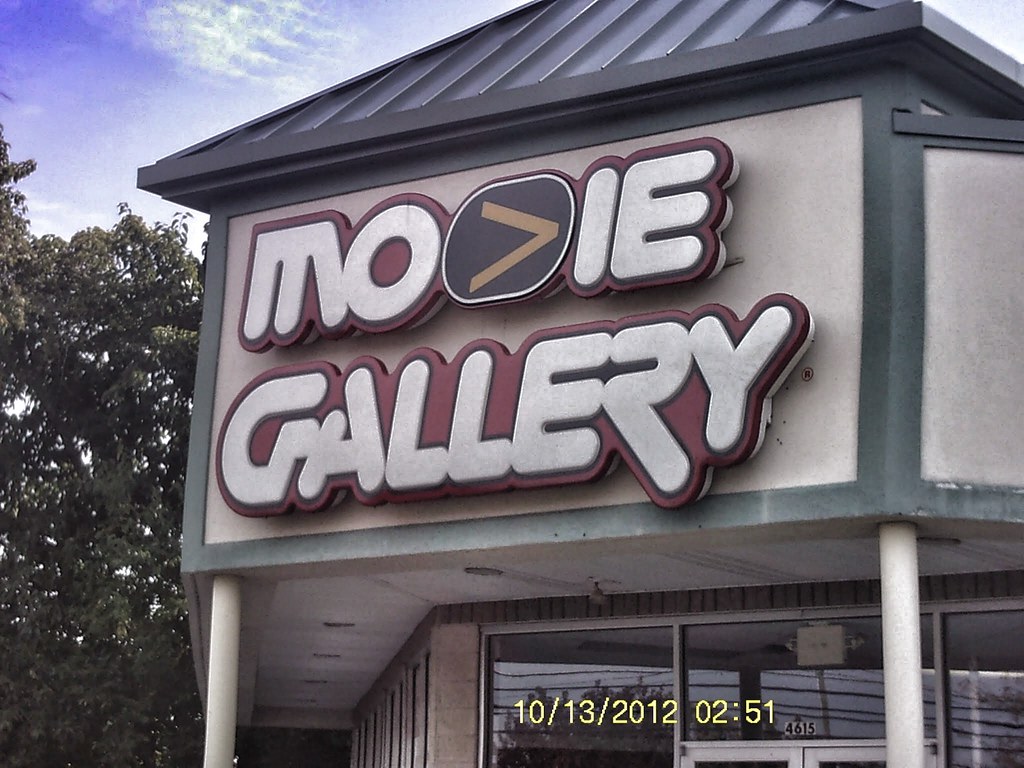
3. Movie Gallery
Movie Gallery carved out a significant niche for itself by focusing on rural areas across the U.S., making it a major presence in smaller towns. This strategic approach allowed them to connect with communities that were often underserved by the larger chains like Blockbuster, filling important gaps in local entertainment options. They understood the local flavor, which was key to their success for a time.
Their unique strategy also included stocking region-specific titles to appeal directly to local tastes, fostering a sense of community connection that larger chains sometimes overlooked. This personalized touch resonated deeply with customers who appreciated finding films tailored to their preferences. It was a true testament to understanding your audience.
The chain’s acquisition of Hollywood Video in 2005 briefly made it a major player in the industry, an impressive feat for a company that started by focusing on smaller markets. However, despite this expansion and its deep community roots, alas, streaming still got the best of this chain a few years later. The digital revolution proved to be too formidable an opponent.
Read more about: Digital Black Hole: 14 Essential Films You Can’t Stream (And What It Says About Hollywood)
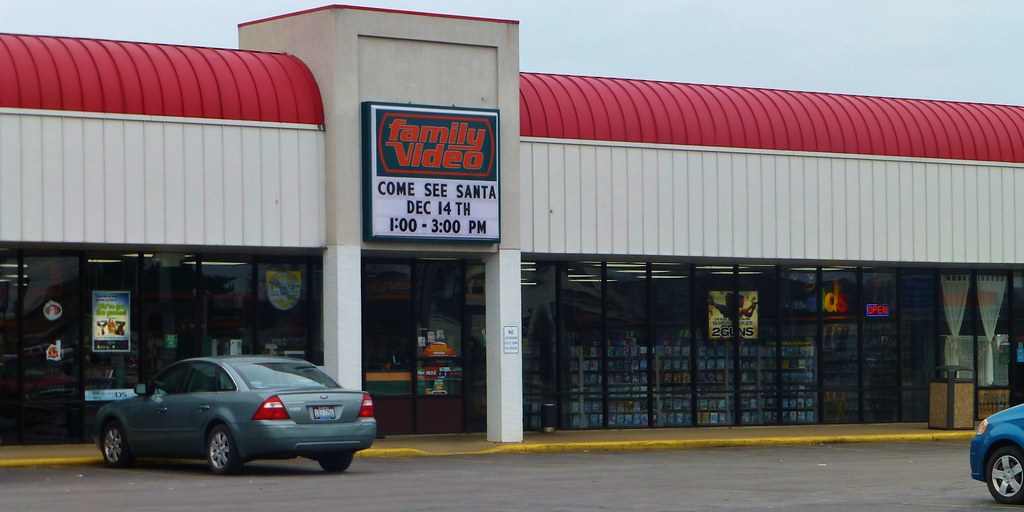
4. Family Video
This Midwestern video rental stalwart truly showed remarkable resilience in the face of the digital revolution. Family Video was the homey-man-about-town video rental chain, known for its clean stores and friendly service that made everyone feel welcome. It wasn’t flashy or glitzy like Hollywood Video, but it had an undeniable warmth and approachability.
Family Video wasn’t just a place to rent movies; it was a true community hub that often hosted local events and supported community programs, such as local little leagues. This commitment to its communities built strong bonds with its customers, making it a beloved local institution. It was a place where you knew the staff, and they knew your movie preferences.
Although the company finally closed its last stores in 2021, Family Video’s incredible longevity in the face of streaming giants is a powerful testament to the enduring appeal of physical media and personalized service. It held out longer than most, especially with many locations in rural areas, demonstrating that a strong community focus and genuine care for customers can go a long way, even in a changing world.
Read more about: David Lynch: A Singular Vision Explored – Charting the Legacy of a Master of the Surreal
5. West Coast Video
While not quite the household name of Blockbuster and Hollywood Video, West Coast Video was a beloved regional chain that left a lasting impression on movie lovers across the Northeast. A staple of the late ’80s and early ’90s, this chain boasted large inventories and generous rental periods, setting it apart from some competitors. They were once a serious contender in the video rental landscape.
West Coast Video was particularly known for stocking up on cult classics, the kind of titles that built passionate fan bases, like “Goonies” and your “Pulp Fiction”-kind of films. This focus on deep cuts and beloved genre movies appealed to a specific segment of the movie-watching public, creating a loyal following for its unique selection. It was the place to go for something a little different.
The chain’s “5 for 5 for 5” deal – five movies for five days for five dollars – was an absolute game-changer for budget-conscious renters. This incredible value made it possible for families and friends to enjoy a weekend of movies without breaking the bank, further cementing its place in the hearts of its customers. Gone but certainly not forgotten, West Coast Video remains a fond memory for many.
Read more about: Remember the ’90s? Here Are 12 Moments That Shaped the Decade and Still Echo Today!

6. Video Update
Video Update truly was the tech-savvy trailblazer of the video rental business, introducing computerized inventory systems and membership cards at a time when most stores still relied on cumbersome paper records. This forward-thinking approach made the rental process smoother and more efficient, a real convenience for customers. They were genuinely ahead of their time in many operational aspects.
Beyond its innovative business aspects, the company, to the delight of parents everywhere, was also the pioneer of the “no late fees” movement. Imagine the relief of not having to dread that dreaded extra charge! The stores themselves were bright and modern inside, creating a welcoming and pleasant atmosphere for browsing. This customer-centric approach really made a difference.
Video Update’s willingness to experiment with new technology, such as in-store gaming stations and even CD rentals, gave other rental companies some hope for the future. It demonstrated that innovation could breathe new life into the industry, albeit a short-lived hope, unfortunately. Their bold moves, however, set a precedent for what a modern rental store could be, even if the future ultimately lay elsewhere.
Read more about: The Unseen Drivers: Deconstructing Unlicensed Driving Laws, Viral Myths, and the Future of Road Safety
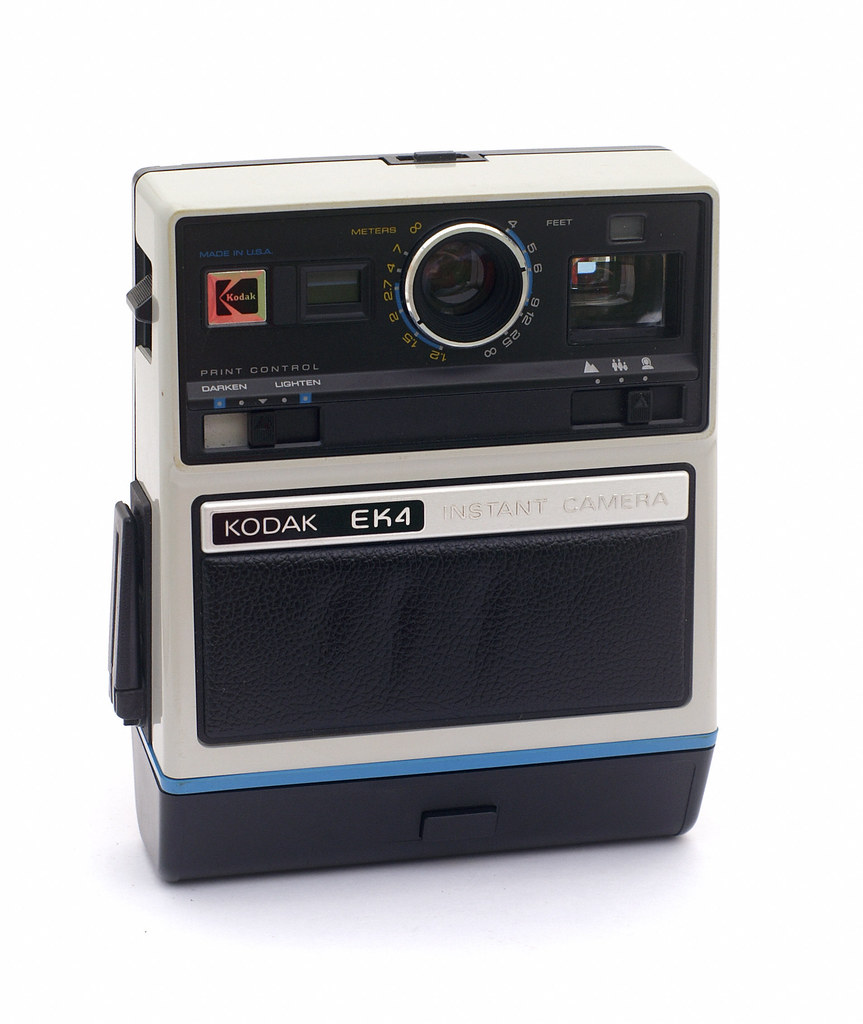
7. Kodak
For decades, Kodak was not just a brand; it was synonymous with photography itself. It stood as the undisputed go-to brand for film cameras and, later, even dabbled in the early days of digital photography. Everyone had a Kodak moment, and its yellow branding was instantly recognizable around the world, making it a true titan of the imaging industry.
Despite having one of the very first patents for a digital camera, a truly pioneering achievement, Kodak’s leadership failed to fully embrace the digital revolution it had helped spark. The company was too singularly focused on maintaining its dominance in the lucrative film market, a decision that would ultimately prove to be its downfall. It clung to the past, even when the future was staring it in the face.
Instead of positioning itself as a visionary pioneer in digital imaging, Kodak stubbornly clung to the “film-based” Kodak brand for far too long. This strategic misstep led to a brand perception of being outdated, unable to meet the rapidly evolving needs of a new generation of digital photography enthusiasts. Kodak’s downfall was a direct result of failing to shift its branding to align with technological advances, even when it possessed the very tools to do so.
By the early 2000s, the world had decisively moved to digital cameras, and companies like Canon and Nikon began to outpace Kodak with lightning speed. The company attempted to pivot, but struggled immensely to regain its relevance in a market it once defined. In 2012, Kodak filed for bankruptcy and shifted its focus to printing technology. While Kodak is still around today, it’s a mere shadow of the giant it once was, serving as a cautionary tale of innovation oversight.
Okay, after reminiscing about our beloved video stores and even Kodak, it’s clear that the digital age spared no one. Our nostalgic journey continues, delving into even more retail and tech giants that once felt like they’d be around forever. These weren’t just businesses; they were parts of our lives, the places we shopped, the tech we used, and the ways we connected. But even the biggest names can stumble, especially when the world decides to zoom forward without them.
Let’s take a look at some more of these unforgettable brands that, sadly, couldn’t quite keep up with the times, proving that even titans can fall. Get ready for some serious “remember that?!” vibes!
Read more about: Remember These? 14 Classic Film & Video Formats That Faded into History
8. Circuit City
Alright, remember when picking out a new TV wasn’t just a click away but an actual adventure? If you do, then Circuit City was probably your go-to spot. This electronics retailer was a true powerhouse, a fierce competitor to Best Buy throughout the 1980s and 1990s, becoming a household name for everything from booming stereos to the latest computers. It truly felt like the future of tech lived within those walls.
But even with all that gadget glory, things started to go sideways in the 2000s. A series of eyebrow-raising management decisions, like cutting experienced salespeople who actually *knew* what they were talking about (gasp!), and a price-slashing race to the bottom, slowly chipped away at its foundation. It’s tough to compete when you’re losing your best assets and your profit margins are thinner than a smartphone screen.
Then came the giants: Amazon started taking over online, and big-box stores like Target and Walmart began expanding their electronics sections. Circuit City, unfortunately, was stuck in the past, heavily reliant on its physical stores without investing enough in a slick online shopping experience. Talk about missing a memo!
This left Circuit City looking less innovative and, by the end, its brand was synonymous with poor customer service. It filed for bankruptcy in 2008, and by 2009, most of its stores had vanished. Despite a few attempts to relaunch, the once-popular retailer is now just a faint echo in the annals of electronics history. Seriously, where did our helpful salespeople go?
Read more about: David Lynch: A Singular Vision Explored – Charting the Legacy of a Master of the Surreal

9. Toys “R” Us
Get ready for a serious wave of childhood nostalgia because if you grew up in the ’80s or ’90s, Toys “R” Us was basically your personal paradise! We’re talking massive aisles filled with every single toy imaginable, from action figures that fueled epic battles to board games that brought families together. Geoffrey the Giraffe wasn’t just a mascot; he was a gatekeeper to pure joy and the ultimate destination for birthdays and holidays.
This toy empire reigned supreme for decades, making childhood dreams a reality for millions. You’d spend hours wandering, making mental wish lists, and sometimes even convincing your parents that, yes, you *absolutely needed* that oversized stuffed animal. The sheer scale and variety of Toys “R” Us were unmatched, creating an immersive, magical shopping experience that felt truly special.
However, even magical kingdoms can face their dragons. In the 2000s, the company found itself in a losing battle against the rise of e-commerce, specifically the mighty Amazon. It also struggled under a mountain of debt, making it increasingly difficult to adapt to the rapidly changing retail landscape. Suddenly, buying toys was easier with a click than a trip to the store.
Despite valiant efforts to revamp its business model, the inevitable happened. In 2017, Toys “R” Us filed for bankruptcy, and by 2018, most of its beloved U.S. stores closed their doors, leaving a gaping hole in our collective childhood memories. While the brand has made some attempts to come back, it’s nowhere near the heartwarming force it once was. We miss you, Geoffrey!
Read more about: Remember These? 14 Iconic Mall Stores That Sadly Said Goodbye, Taking Our Nostalgia With Them!
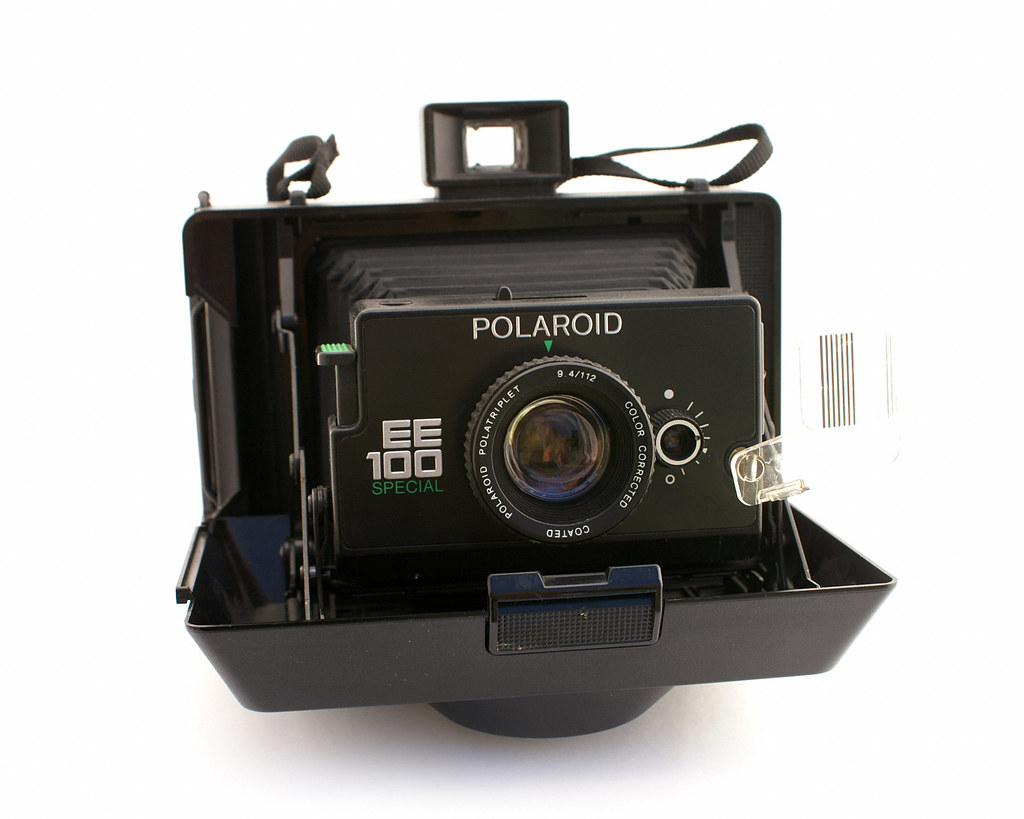
10. Polaroid
Okay, stop and think about it: Before Instagram filters and instant digital gratification, there was Polaroid. Who can forget the pure thrill of snapping a picture and then, like magic, watching it slowly, *beautifully* develop right before your very eyes? Polaroid wasn’t just a camera; it was an experience, an iconic name synonymous with instant photography that delighted us for over 50 years.
For generations, the instant camera and its unique film were the life of every party, the essential tool for capturing candid moments that you could hold in your hand within minutes. There was a unique charm to the slightly muted colors and the distinct white border of a Polaroid print, making each photo a little piece of art and a tangible memory to cherish.
But as the 2000s rolled in, the digital photography revolution hit like a flashbulb, and Polaroid, unfortunately, was caught blinking. The company was notoriously slow to adapt, clinging to its analog roots even as the world shifted to pixels and memory cards. It truly felt like they were trying to catch a moving train while still standing on the platform.
Despite several attempts to pivot and launch its own digital cameras and printers, Polaroid just couldn’t compete with the speed and convenience of new digital technology. In 2008, the company declared bankruptcy, signaling the end of an era. While Polaroid has made a valiant effort to revive itself by leaning into the retro nostalgia of instant photos, it’s a shadow of its former dominant self, reminding us that sometimes, even pioneers can miss the next big wave.
Read more about: Brains and Beats: 13 Famous Musicians Who Also Hold Advanced Degrees from Elite Universities

11. Pan Am
Ah, Pan Am. Just uttering the name conjures images of glamorous globe-trotting, elegant flight attendants, and a time when air travel felt like a true luxury experience, not just a means to an end. Founded way back in 1927, Pan American World Airways truly revolutionized air travel, pioneering transatlantic flights and introducing in-flight luxuries that set the gold standard for the entire airline industry. They literally put the “world” in “World Airways”!
Pan Am wasn’t just an airline; it was a symbol of American ambition and innovation, a beacon of sophistication that connected continents and cultures. Their iconic blue globe logo represented a promise of adventure and unparalleled service, making every journey feel like a special occasion. Imagine dressing up to fly—that was the Pan Am vibe!
But even legendary journeys can hit turbulence. By the 1970s, Pan Am began facing intense competition from other airlines, and the rising costs of fuel started to take a serious toll on its bottom line. The golden age of air travel was fading, and the industry was becoming a much tougher, more cutthroat environment.
The final, tragic blow came in 1988, with the bombing of Pan Am Flight 103 over Lockerbie, Scotland, an unspeakable act that claimed the lives of all 270 people on board. This devastating event, combined with the airline’s mounting financial struggles, ultimately led to its heartbreaking bankruptcy in 1991. Today, Pan Am remains a poignant symbol of air travel’s glamorous past, a bittersweet memory of a bygone era in the skies.
Read more about: Beyond the Script: 11 Stunt Blunders Where Real Panic Gripped the Set and Actors Faced Genuine Danger
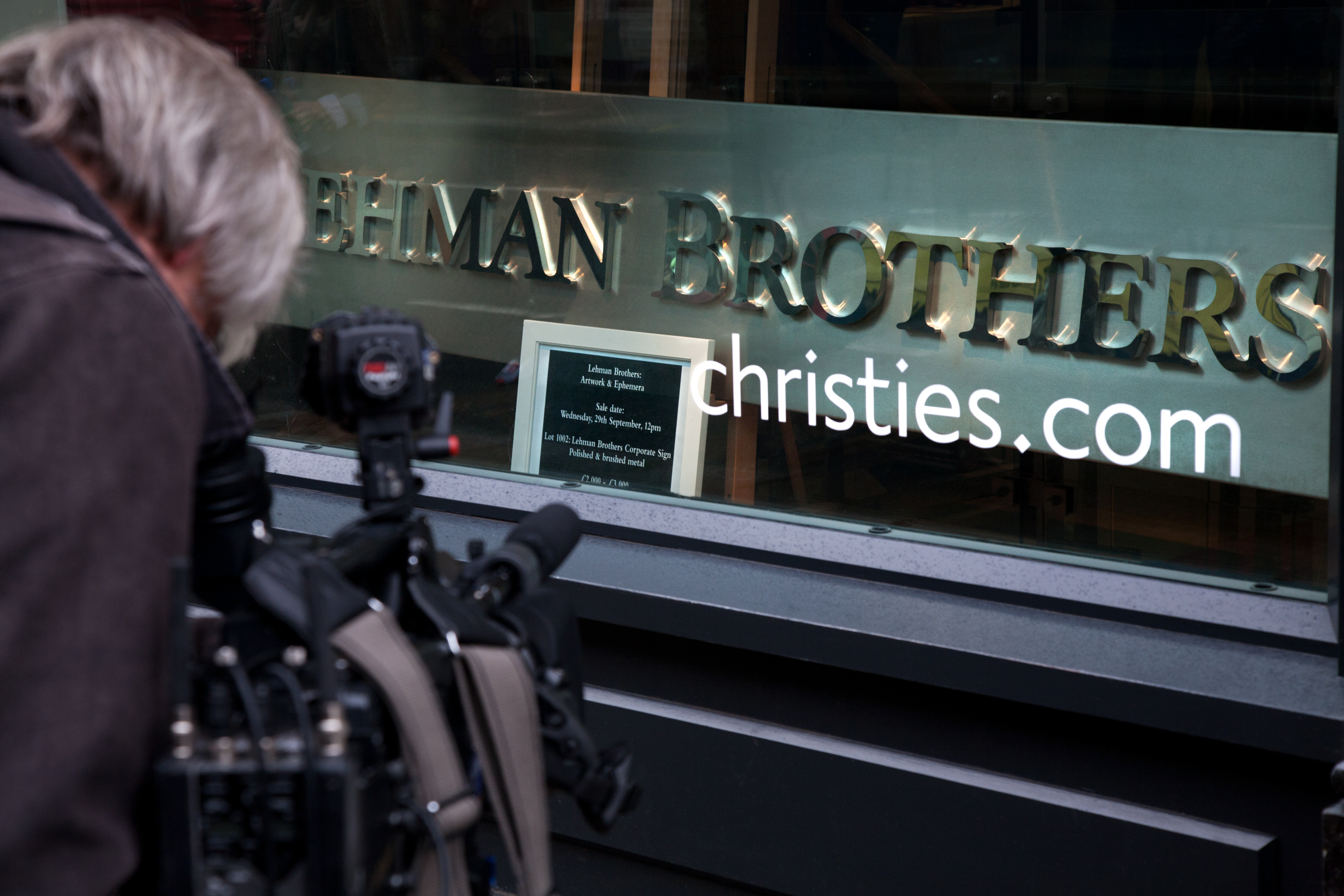
12. Lehman Brothers
Now, let’s talk about a name that sends shivers down the spines of economists and ordinary folks alike: Lehman Brothers. Founded way back in 1850, this venerable institution was a colossal player in investment banking, a name synonymous with Wall Street power and influence for over a century and a half. For generations, it was a pillar of the global financial system.
However, even the most established giants can crumble under the weight of poor decisions. Lehman Brothers ventured into increasingly risky investments, particularly in subprime mortgages. When the infamous housing bubble burst with a resounding pop, the dominoes began to fall, and Lehman found itself in an absolutely catastrophic position, unable to recover from its massive losses.
The company’s ultimate bankruptcy in September 2008 wasn’t just a corporate failure; it was a seismic event that triggered the 2008 global financial crisis, sending shockwaves across the world economy and affecting millions of lives. It was one of those moments where you remember exactly where you were when you heard the news, realizing the true magnitude of what was happening.
Despite its storied history and once-unshakeable reputation, Lehman Brothers simply couldn’t survive the economic storm it helped create. Its collapse remains a stark and enduring cautionary tale of excessive risk-taking in the financial industry, a powerful reminder that even the biggest players aren’t immune to the consequences of unchecked ambition.
Read more about: Totally Rad Reels: A BuzzFeed Journey Through the Best Movies of the ’80s

13. Woolworth’s
Before the days of mega-malls and online superstores, there was a magical place where you could get practically anything for next to nothing: Woolworth’s! For much of the 20th century, this “five-and-dime” store was a beloved institution in retail, a true cornerstone of American towns. Imagine a place where you could grab candy, toys, household goods, and even a quick lunch at the soda fountain, all under one roof!
Woolworth’s stores were bustling hubs, known for their incredible variety and, crucially, their incredibly low prices. It wasn’t just a store; it was a community gathering spot, a place where generations shopped for essentials and found unexpected treasures. From school supplies to sewing notions, Woolworth’s had it all, and it felt like it would be around forever, a constant in a changing world.
But alas, even timeless institutions can be outpaced. As the retail landscape evolved, larger discount retailers like Walmart and Target began their meteoric rise, offering even bigger selections and, in many cases, even lower prices. Woolworth’s, with its traditional general store model, found it increasingly difficult to compete with these new retail titans.
By the 1990s, the once-mighty chain had sadly lost its dominant place in the market. The brand eventually underwent a radical transformation, rebranding itself entirely as Foot Locker and shifting its focus exclusively to athletic footwear and apparel. While the iconic Woolworth name is now just a fond memory, Foot Locker continues to thrive as a leading global retailer in its niche, proving that sometimes, even a beloved institution has to reinvent itself completely to survive.
Wow, what a journey through the graveyard of retail and tech giants, right? It’s truly wild to think about how many household names, once seemingly invincible, have either vanished completely or been utterly transformed. Each of these brands, from our cherished video stores to groundbreaking tech companies and luxury airlines, played a pivotal role in shaping our lives and cultural landscape. They weren’t just businesses; they were part of our daily routines, our entertainment, and even our memories.
Read more about: Remembering the Icons: Notable Celebrities and Public Figures We Lost in 2025
Their stories are a powerful reminder that even the most formidable brands can fall victim to changing consumer habits, market disruptions, and a failure to adapt to new technologies. It’s a brutal lesson in innovation, showing us that staying ahead of the curve isn’t just a good idea, it’s essential for survival. While it’s bittersweet to look back, these brands have left an undeniable, lasting cultural impact, continuing to live on in the collective memories of all of us who grew up with them. Who knows what iconic brand will be next to make a dramatic exit from our towns? Only time, and perhaps a new streaming service, will tell!


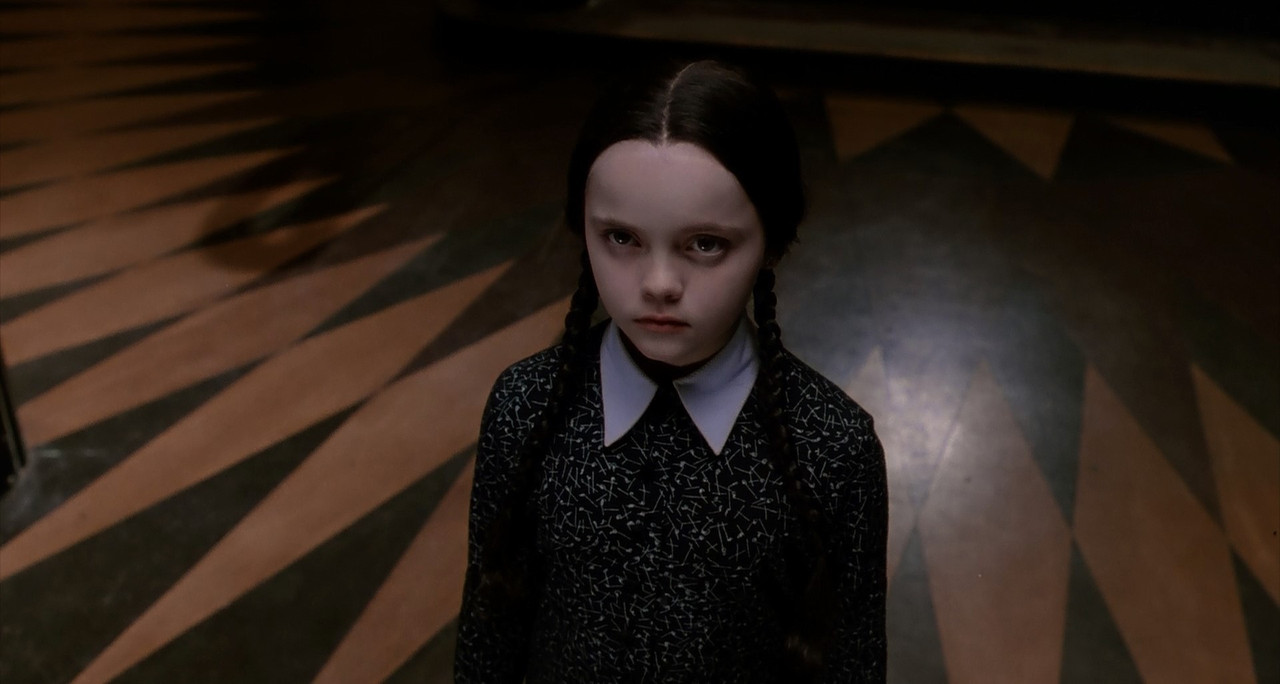
/cdn.vox-cdn.com/uploads/chorus_image/image/66587622/DSCF2005_2.0.jpg)